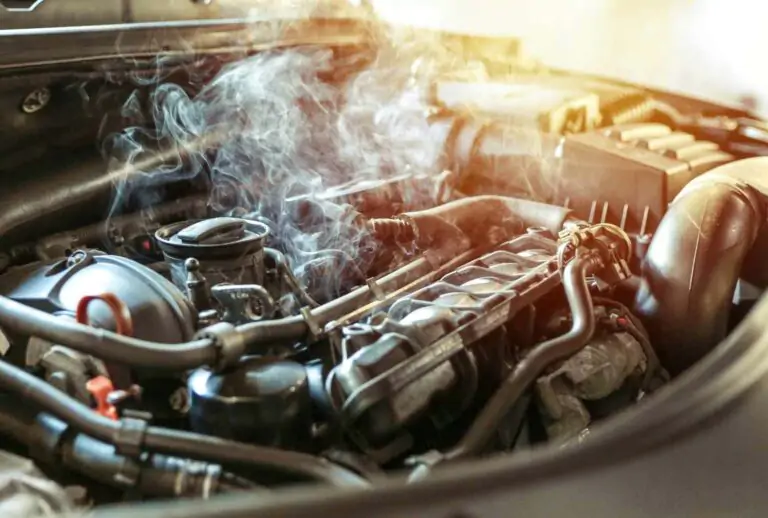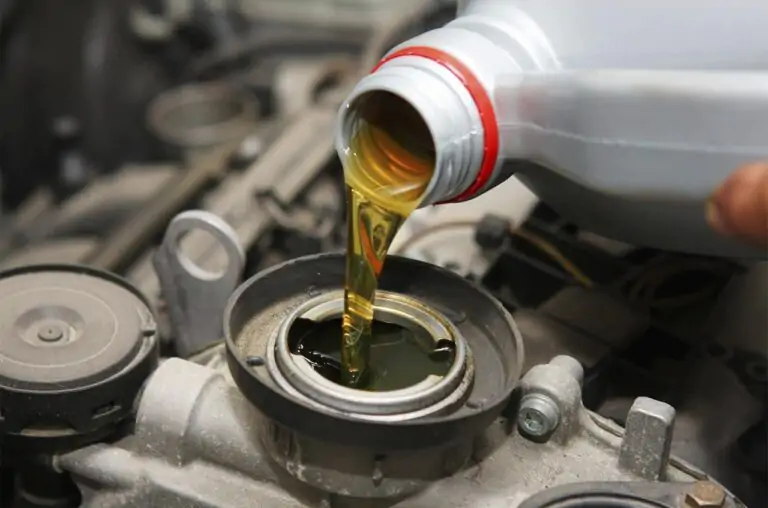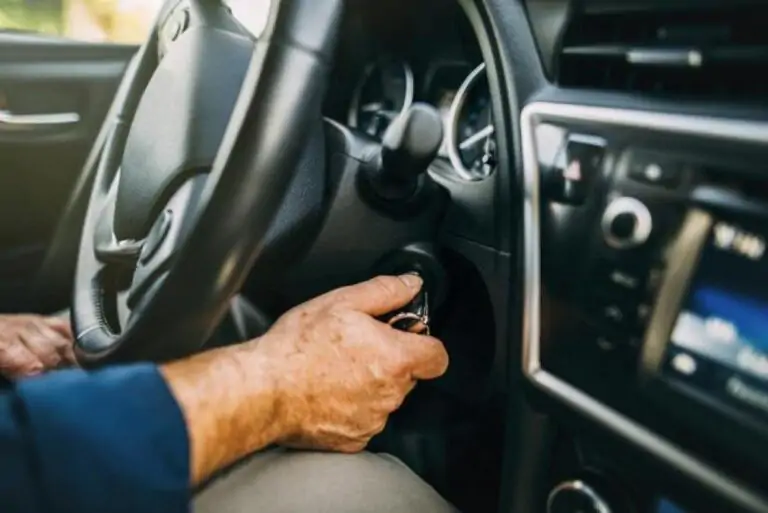
Extreme conditions can damage the engine’s systems and components, more commonly than it seems, resulting in poor operation and performance and even premature repair.
What could these extreme conditions be?
Table of Contents
ToggleLUBRICANT OIL
The engine consists, for the most part, of metal parts that are in constant contact with each other.
Because the engine operates at thousands of Revolutions Per Minute (RPM), that is, the crankshaft makes thousands of revolutions per minute, it makes these parts work at high speed, generating friction and temperature between them, which wears them out and can generate problems over time.
Lubricating oil helps reduce friction and temperature, among other essential functions. Due to its important role in the engine, it is vital to use the oil recommended by the manufacturer and change it at the indicated times.

The oil performs well under regular conditions, but what happens when it encounters extreme temperature and friction conditions, such as cold starting, or when it is contaminated and/or loses lubricant?
COLD START
It is an engine condition that is often ignored or overlooked, but it is one of the most extreme conditions you must face.
A cold start is when the engine is started when it is ‘cold’ or at room temperature after it has been off or idle for a while.

Under these conditions, the oil is ‘cold,’ making it denser or more viscous and difficult to flow. Additionally, it is located at the bottom of the crankcase, taking a few seconds to reach all the engine’s metal parts.
Those seconds of extreme friction in which metal parts come into contact without lubricating oil cause more than 50% of engine wear.
CONTAMINATION AND LOSS OF LUBRICANT OIL
Lubricating oil contamination often goes unnoticed but can cause significant damage. This can become contaminated for various reasons, the main ones being:
- Engine wear: When in contact with each other, the moving parts of the engine (pistons, rings, camshafts, etc.) wear out, producing small metal particles that contaminate the oil.
- Combustion: Fuel combustion in the cylinders produces a series of products, such as soot, acids, and oxides, which can contaminate the lubricating oil.
- Liquids: Water or coolant can reach the inside of the engine due to a leak, contaminate the oil, and oxidize it.

These contaminants in the lubricating oil cause it to lose effectiveness when lubricating and protecting metal parts, generating premature wear, reduced lubrication, deposit formation, and loss of power and performance. Above all, they increase the risk of overheating due to the friction and extreme temperatures they face.
The longer contaminated lubricating oil spends inside the engine, the more havoc it will wreak, significantly reducing its useful life.

Oil leakage is a problem that occurs more often than you may think, though it is not very common. Lubricating oil loss can be caused by various reasons, such as a poorly installed crankcase plug, leaks in the lubrication circuit, engine damage, and accidents. When oil leaks, it creates a harmful environment of friction and extreme temperature for the engine, which can lead to its destruction.
EXTREME FRICTION AND TEMPERATURE
Although we know that it is normal for there to be friction and operating temperature in the engine, what is not normal is for these to become extreme due to conditions such as:
- cold start
- Contamination or loss of lubricating oil
- Inadequate lubricating oil viscosity
- Lack of coolant
- Problems with the water pump
- engine overload
To mention just a few.
Extreme friction and temperature can rapidly wear out multiple engine parts, such as pistons, rings, bearings, and camshafts. In addition, oil loses its properties at extreme temperatures, which generates greater friction and wear.

This becomes a vicious cycle of temperature and friction that can end in overheating of the engine and even deformation of components, such as the cylinder head or block, or even in a total failure of the system, generating damage that is quite expensive to repair.
HOW TO PROTECT THE ENGINE
To protect the engine from any situation that generates friction and temperature, whether extreme or not, it is vital:
- Use the oil recommended by the manufacturer and change it at the indicated times
- Perform continuous preventive maintenance
- Do not overload the motor
- Check the cooling system and coolant for leaks.
- Avoid extreme driving conditions.
Following these recommendations will help keep our engine in good condition and prepared.
It is important to note that we take measures to prevent extreme temperature and friction in the engine; however, certain conditions cannot be avoided due to accidents or unforeseen events.
Leave a Reply